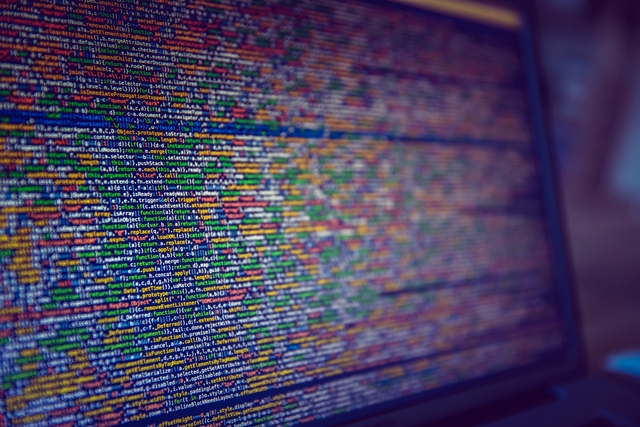1 August 2018. A bioinformatics team developed a system combining machine learning and neural networks with large-scale databases to design entirely new drug molecules that meet desired chemical properties and biological activity. The system and proof-of-concept tests created at the University of North Carolina pharmacy school in Chapel Hill are described in the 25 July issue of the journal Science Advances.
Researchers led by informatics and data science professor Alexander Tropsha at UNC’s pharmacy school are seeking to harness the power of artificial intelligence to speed the design of new and more complex therapies. While computer-aided drug discovery is more the rule than the exception, today’s technologies are more likely to begin with known chemical entities or synthetic formulations considered feasible under current conditions. The team in this case sought a technology that would conduct de novo drug design that starts from the very beginning, with no preconceptions or conditions.
Tropsha, with research professor Olexander Isayev and doctoral student Maria Popova, started with reinforcement learning, a variation of machine learning where algorithms are written to achieve specific, often complex, goals, and maximize their performance as they progress toward the goal. In reinforcement learning, algorithms are rewarded or reinforced when making the right decisions and penalized when they go wrong. An algorithm known as AlphaGo, published in October 2017, uses reinforcement learning to master the Chinese strategy game of Go and even beat world champion players, starting from absolutely no knowledge of the game.
In this case, the system known as Reinforcement Learning for Structural Evolution or Release, uses reinforcement learning in a two-stage process to design drug molecules from scratch. The system first uses machine learning to generate feasible, but simplified chemical molecules with potential activity against a specified therapeutic target, guided by physical properties and limits, such as melting point and solubility. Also, as part of this first phase, the Release system independently produces statistical models that predict successful outcomes of chemical entities against the biological targets. In the second stage, Release applies reinforcement learning to adjust properties of the chemical candidates based on their successful outcome probabilities to meet specified physical and biological characteristics, or ranges of these properties.
As a proof-of-concept, the UNC team applied the Release system to design inhibitors of a protein called Janus kinase 2, or JAK2, from a gene that codes for stimulating growth and proliferation of cells. The gene’s protein is particularly important in the production of red and white blood cells, as well as platelets, and is linked to a number of myeloproliferative neoplasms, where bone marrow produces too many blood cells and can lead to blood-related cancers. The researchers used Release to design a library of drug candidates, starting with chemical entries in the ChEMBL database, to inhibit JAK2 proteins, that meet a range of physical and biological properties, and conditions such as bioactivity and safety.
Tropsha notes in a UNC-Chapel Hill statement, “The ability of the algorithm to design new, and therefore immediately patentable, chemical entities with specific biological activities and optimal safety profiles should be highly attractive to an industry that is constantly searching for new approaches to shorten the time it takes to bring a new drug candidate to clinical trials.” The university says it applied for a patent on this technology, but materials from the paper are available through GitHub.
More from Science & Enterprise:
- A.I. Drug Discovery Company Gains $32M in Early Funds
- Big Data, A.I. Applied to Precision Medicine for Lung Disease
- Data Tools Designed for Genomics-Based Precision Cancer Care
- Gates Grant Funds A.I. for Malaria Drug Discovery
- Digital Drug Discovery Company Wins A.I. Competition
* * *


 RSS - Posts
RSS - Posts
[…] developed a system combining machine learning and neural networks with large-scale databases to design entirely new drug molecules that meet targeted chemical properties and biological […]